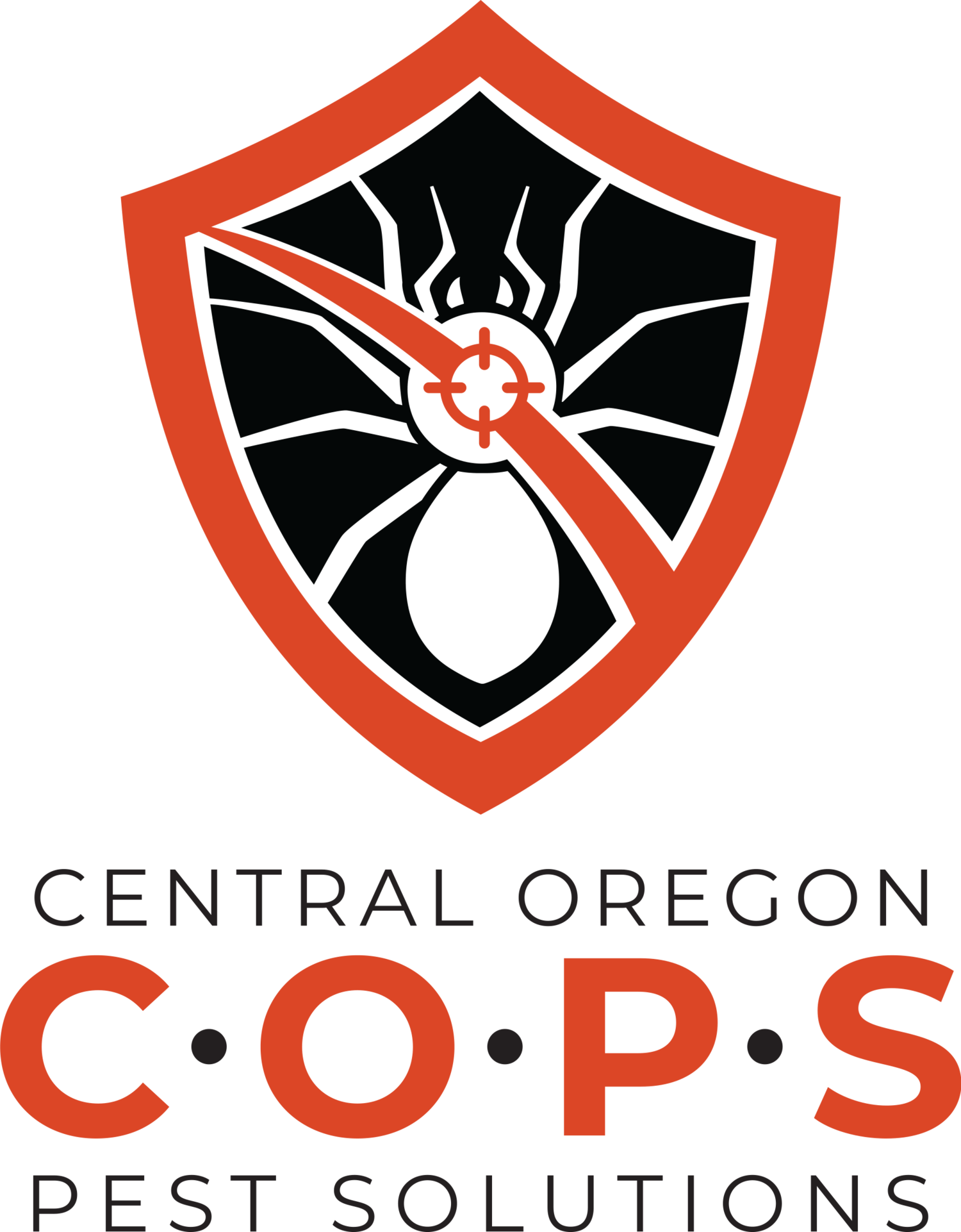Yard invaders: Aphids & Tree Fungus
The sun is out, the flowers are blooming, the snow has melted off Black Butte and that means it’s time to enjoy the beautiful greenery of late spring and early summer. But, wait! Is that really greenery, or are those green bugs and tree fungus shining their shades of green on your yard?
Summer is no stranger to pest infestations, and your yard or outdoor space may be susceptible to any number of invasive pests such as gophers, ants, spiders, moths, tree beetles, aphids and tree fungus. All these yard invaders can cause damage to your lawn, garden, acreage or home exterior. But professional pest control can not only get rid of these pests, it can also help diagnose the reason for the pest infestation which can prevent these invaders from returning.
Two of the more common pests we see in Central Oregon are aphids and tree fungus. Left untreated, these pests can turn lush, green plant life and gardens into damage-stricken horticulture in a very quick time frame. So, here is how to identify these two yard invaders, and how to know when it’s time to call Central Oregon Pest Solutions (C.O.P.S.) to get these invaders out, and out for good.
Aphids
What they look like:
Aphids are green, yellow, black, brown or red, and can be identified by their pear-shaped bodies, long legs and antennae. They congregate in colonies, and create a dense population along the stems of many plants, sometimes hard to see from far away since their coloring matches the plant life.
How to prevent them:
Aphids prey on week or damaged plant life, so a healthy garden or yard is the best defense against them.
Why call the C.O.P.S. :
Almost ALL plants are susceptible to at least one species of aphid. They typically feed on leaves and stems in dense groups, piercing tender parts of the plant and sucking out fluids, which causes the plant damage. For those very invested in their yard or garden, the unsightly damage is discouraging, but with proper treatment, plants can recover from aphid damage.
While there are at-home treatments that can be used, because aphids are often found in gardens, using an insecticide can be dangerous and poisonous to you, and to other animals, and can fend off other very helpful insects in your garden.
Calling in a professional can not only save your plants and do so organically, but it can also help diagnose the cause of the aphid infestation, and prevent other pests like ants, which commonly surround aphids and protect them.
Tree Fungus
What it looks like:
Unlike aphids, tree fungus can sometimes be more difficult to detect. But infected trees have signs that signal a fungus problem such as rust on the stem or leaf, presence of a white moldy or powdery substance, yellow tree leaves, brown spots on the leaves, tar-like spots on leaved trees, or blisters on leaves.
How to prevent it:
Tree health is the best prevention against fungus. This helps because trees naturally have strong immune systems that can discourage the growth and development of fungus. Watering, fertilizing, and trimming your tree can prevent unwanted fungus, as well as having your tree inspected and treated for fungus if it shows any signs before the fungus becomes a hazard to the tree’s life.
Why call the C.O.P.S. :
Diagnosing tree fungus can be difficult without having experience knowing what to look for. In addition, there are some fungus types that do not respond to fungicides. Central Oregon Pest Solutions can help you decide the correct course of action to try to save your tree which make mean fungicides, lopping off infected limbs, or determining if the tree is salvageable at all.

